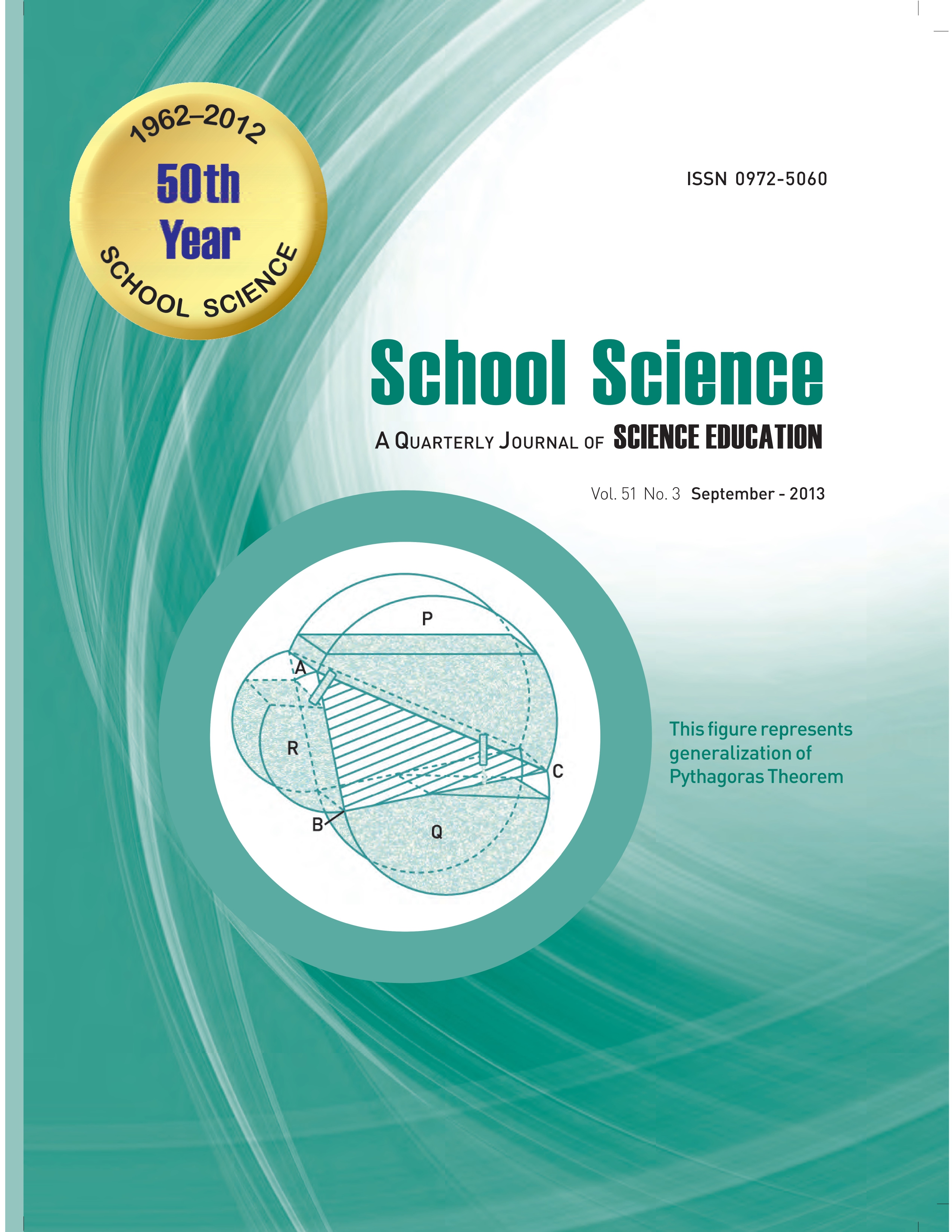
Published 2013-09-30
Keywords
- eternity,
- mathematical infinities,
- transfinite numbers
How to Cite
Abstract
The concept of endlessness of numbers arises very early when a child in fact learns about the numbers like 1, 2, 3 … etc., called natural number. A precocious child can argue whether there is any largest natural number. He can build up his argument by assuming that he has found the biggest number N. However, just by adding 1 to N will fetch him another number, N+1, which is still bigger. In this way, he will finally end up with the concept of numerousness of endlessness of numbers. This endlessness is what the mathematicians have named infinity. It isn’t a number like 1, 2 or 3. In fact, it is hard to say what is exactly. It is even harder to imagine what would happen if one tried to manipulate it using the arithmetic operations that work on numbers. For example, what if one multiplies it by 2? Is 1 plus infinity greater than, less than, or the same size as infinity plus 1? What happens if one subtracts 1 from it? These and many other related questions centre round the weird concept of infinity, which has a mysterious realm of its own. The usual symbol for infinity is ∞ . This symbol was first used in a seventeenth century treatise on conic sections. It caught on quickly and was soon used to symbolize infinity or eternity in a variety of contexts.
